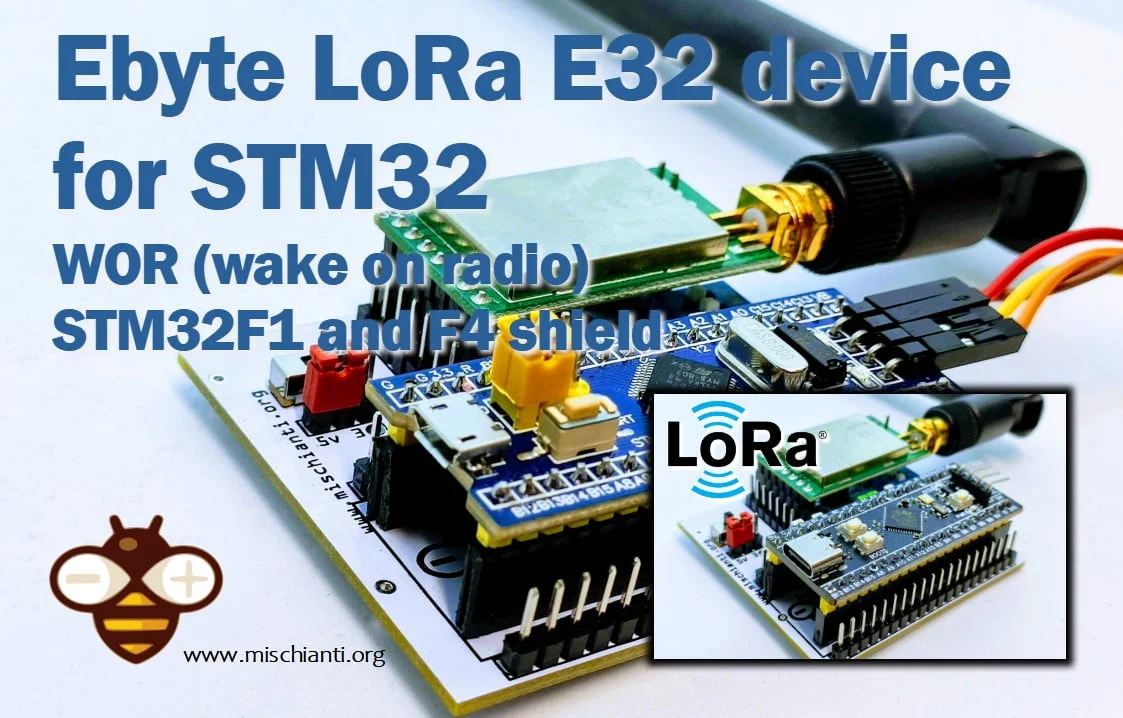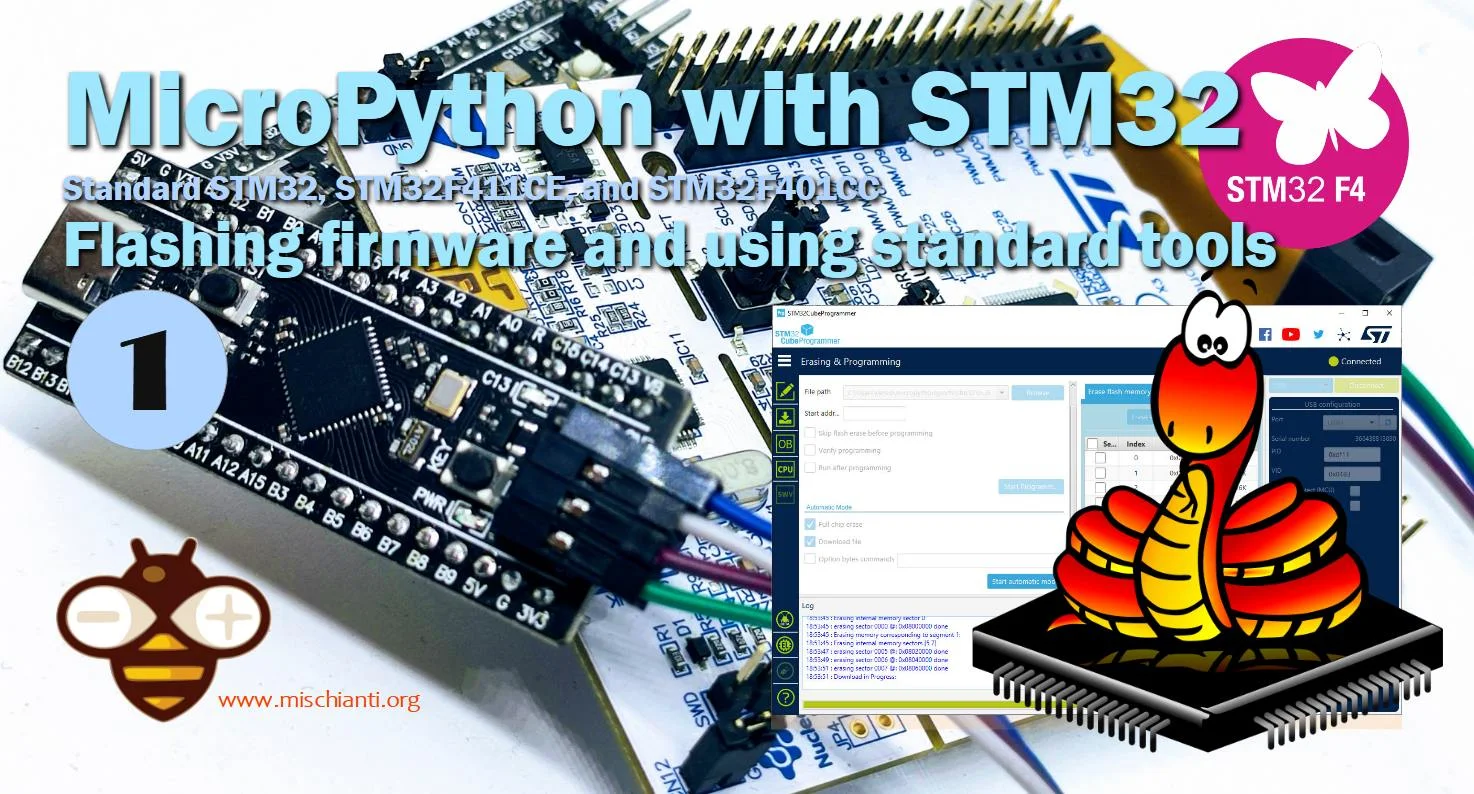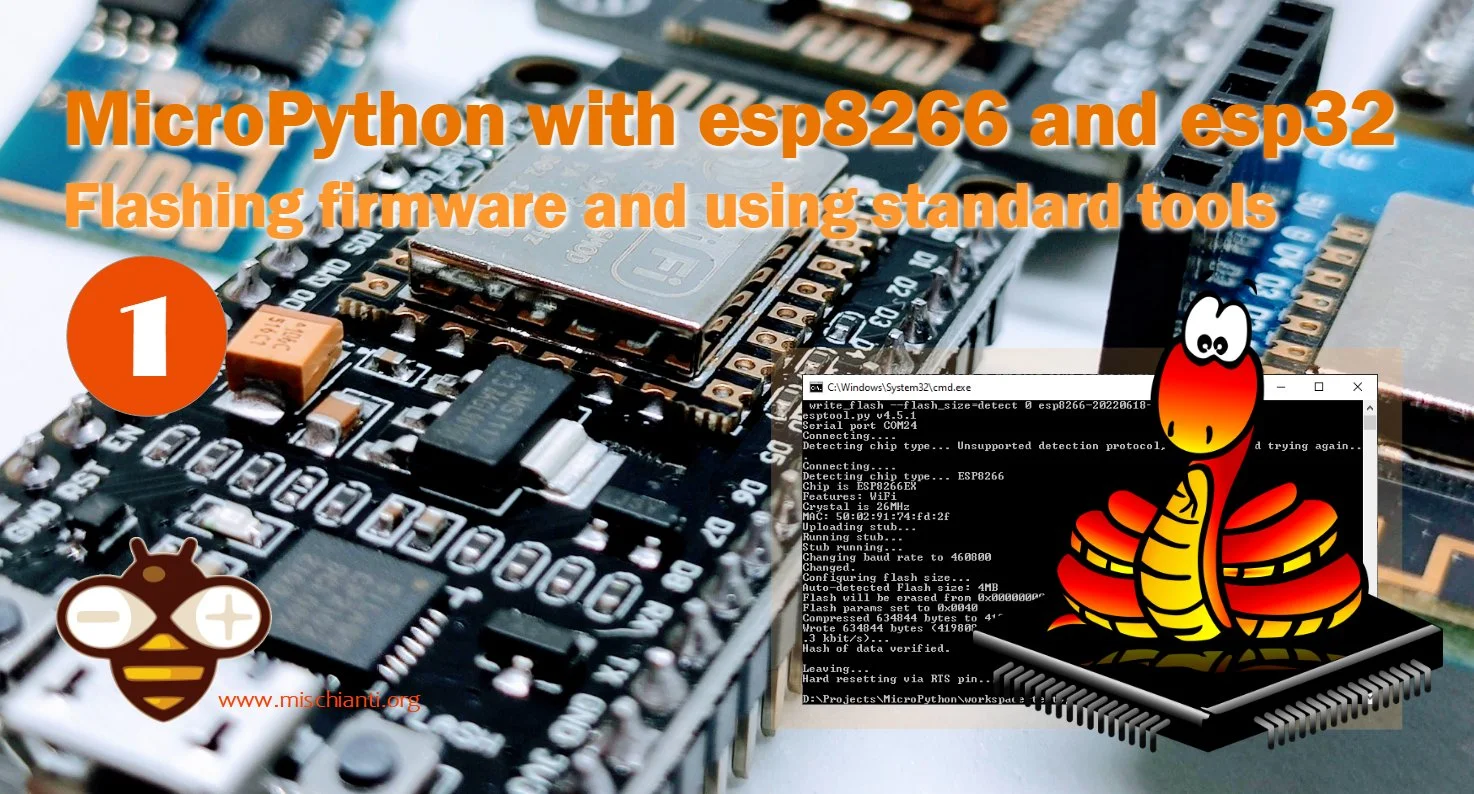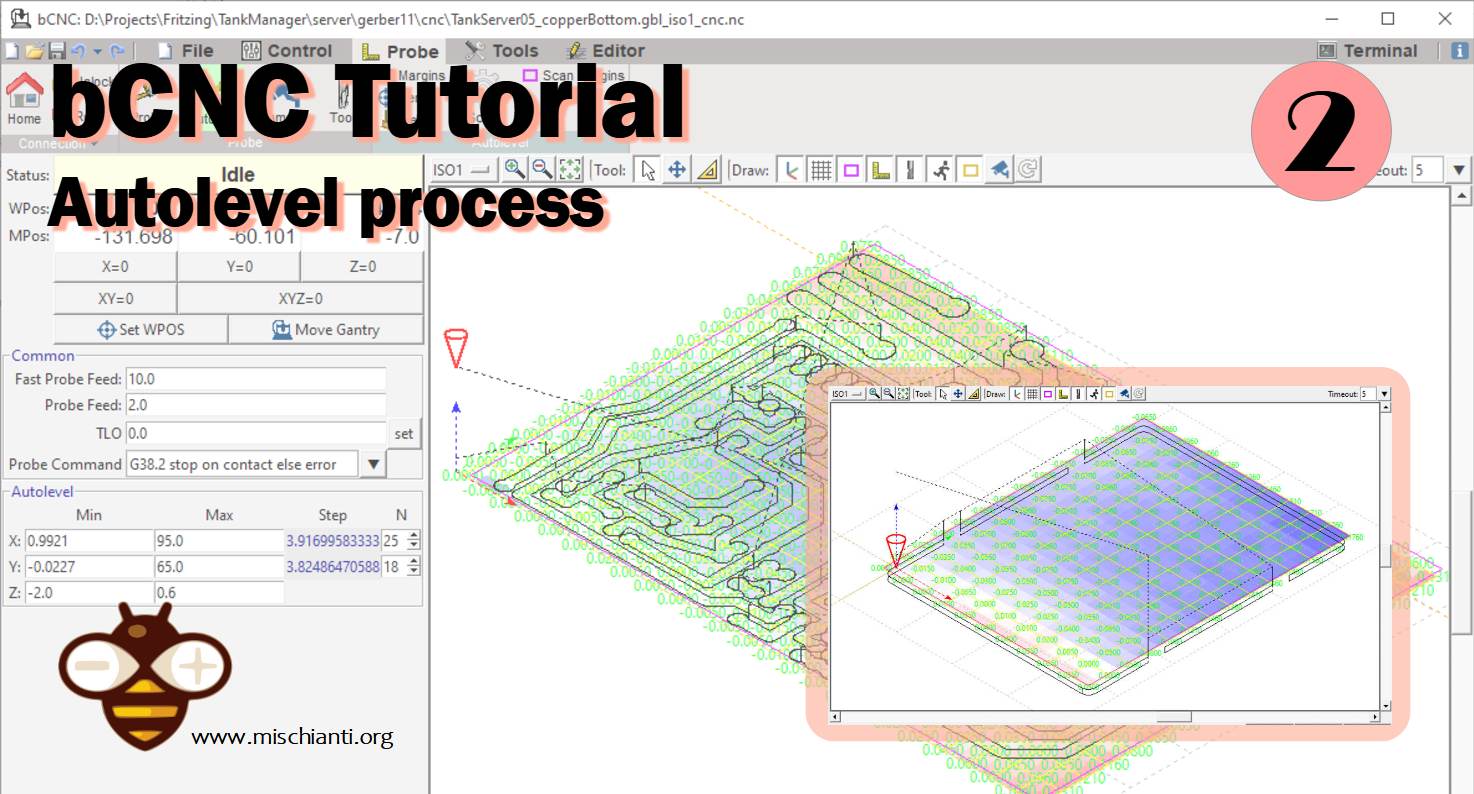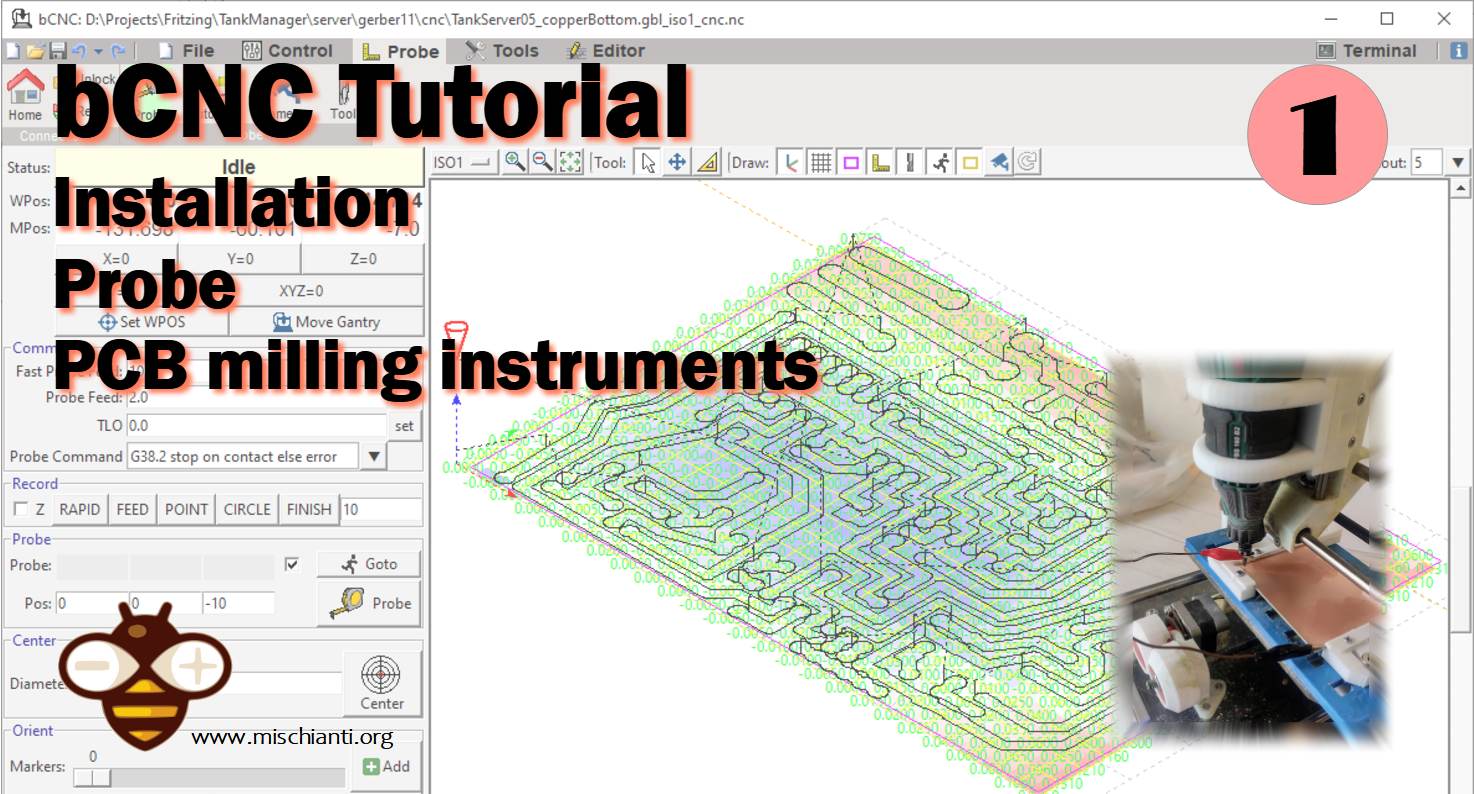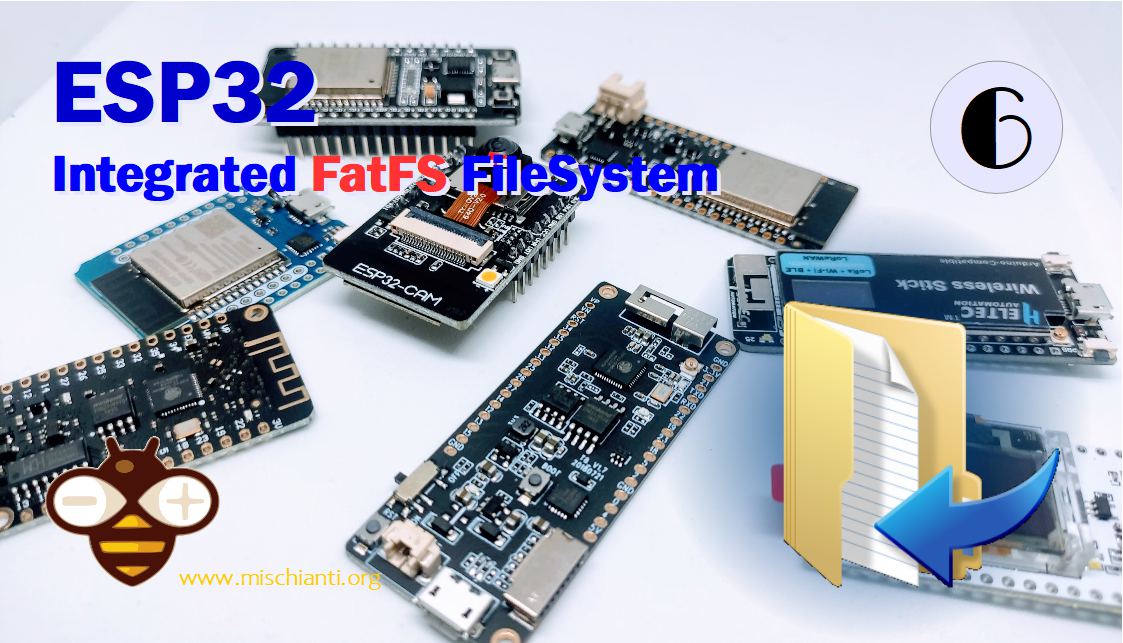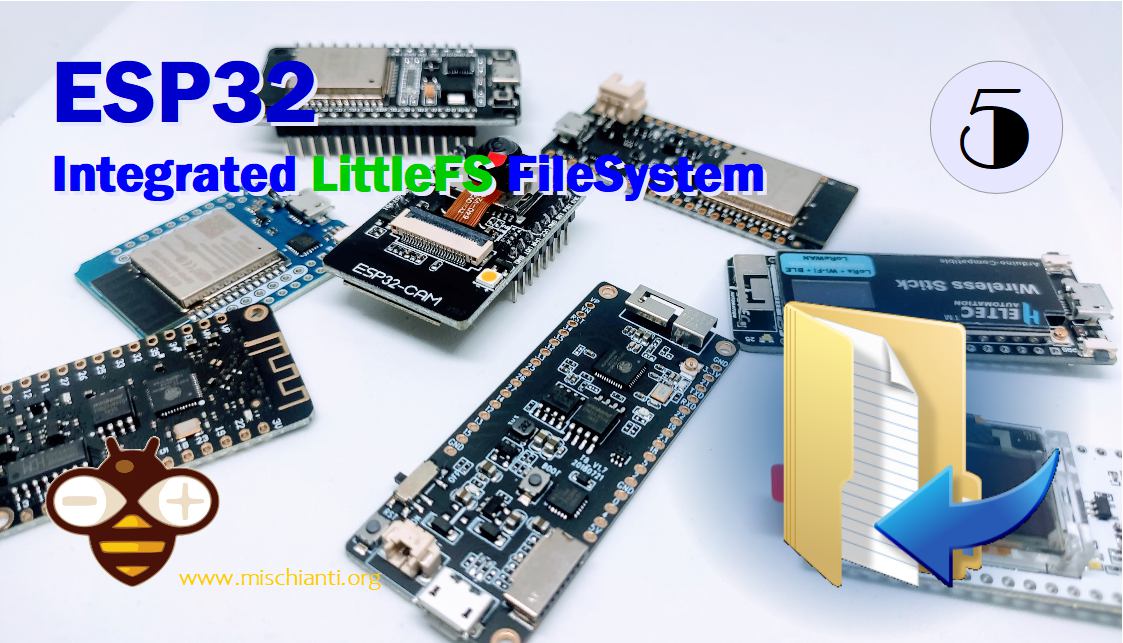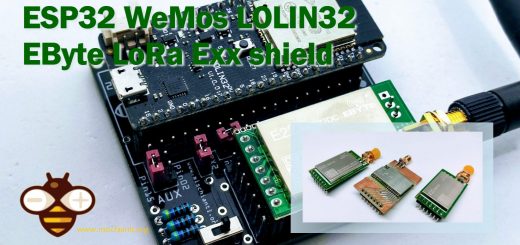Ebyte LoRa E32 with STM32: WOR (wake on radio) and new STM32 shield – 9
In this article, we will dive into some technical details of the Ebyte LoRa E32 module integrated with the STM32 microcontroller. One key feature that we will explore is the WOR (Wake on Radio), which is a significant factor in the world of low-power long-range communication systems.

